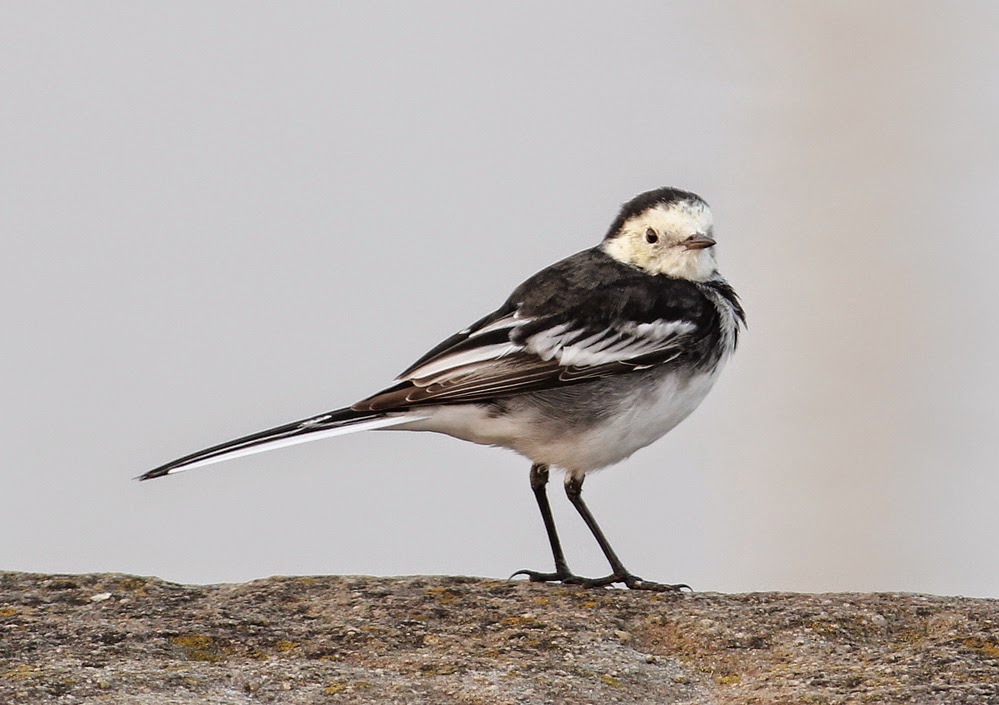Monday was almost a rerun of Sunday’s birds except that I managed a few pictures today without resorting to beg, steal or borrow them.
In the half light of Burned House Lane a Barn Owl flew across the car’s path, the owl illuminated in the headlights for a second or two until it veered off over the fields and left none the worse for dicing with death. Next came 2 Kestrels on roadside telegraph poles, one at Head Dyke Lane, and the other near Horse Park Lane. Our local place names are mostly ancient and often very descriptive, but please don’t ask me the meaning of Scronkey, a hamlet near Pilling.
In a tree next to the road at Cockerham was a Tawny Owl in exactly the same spot as Sunday morning. It’s just a stand of old trees and perhaps not where anyone might look for a Tawny Owl but as the owl flew back into the dark canopy I made a mental note of the exact location. It’s handy to know regular spots for regular birds which aren’t necessarily easy to see or photograph.
Tawny Owl
Maybe there was a miscalculation or perhaps it was the morning mist which led to a count of only 200 Swallows at Glasson on Sunday. They were back in force this morning by way of a minimum of 1000 birds congregated around the moored boats and pontoons. In the cropped picture below, just part of a large yacht, are approximately 80 Swallows, so it not difficult to imagine ten or twelve times that number. The Swallows loaf around and feed over the water for about an hour before they begin to disperse in small groups and head off in all directions. There was a Common Tern fishing the water again, the one which does a circuit and then heads off towards Conder Green.
Swallows
The Common Terns were very active at Conder Green where the adults still take food to a youngster on the island, its bigger sibling now almost independent and flying off to fish the creeks with mom or dad or resting up on the island amongst the Lapwings.
Common Tern and Lapwings
Juvenile Common Tern
Sunday’s Ruff was still about, feeding in the far creek and then later on the pool. The other waders today - 4 Greenshank, 4 Snipe, 1 Black-tailed Godwit, 30+ Redshank and 70+ Lapwing. Below is a distant and far from best-ever picture of a Greenshank which shows how the species eats small fish as well as invertebrates.
Greenshank
Needless to say the Kingfisher put in an appearance although if people need to see it at close quarters it is best not to wear bright clothes and to approach the screen with caution. Birds have eyesight far keener than our own. Ears are their second most important sense with a range similar to that of humans.
Kingfisher
Six Little Grebes, 2 Little Egrets, 2 Grey Heron and 3 Wigeon completed the count here so I walked the railway path to Glasson and back looking for finches and warblers while breakfasting on the plentiful Blackberries.
At one point the noisy complaints of Swallows pointed me to a Peregrine coasting towards Glasson, the Swallows had broken off from feeding high to gang up on the raptor; their highly tuned senses had spotted the Peregrine before me. The raptor carried on flying; the Swallows lost interest and returned to base, their forewarning to others had done the trick.
There was a good sized flock of tits roaming up and down and across the hedgerow, Long-tails, Great and Blue, a flock which held three or more Chiffchaffs. There were no Coal Tits amongst the flock and it’s a species I’ve not seen lately, and as far as I could tell no warblers other than the Chiffchaffs, although lots of Robins.
Robin
A gathering of 50+ Goldfinches also held several Linnets but neither species is especially good at sitting still for cameras.
Linnets
Goldfinch
Linking today to Stewart's World Bird Wednesday and Our World Tuesday in Australia. Oh no, is it Tuesday already? Looks like I will have to do it all over again soon.




























































.jpg)














